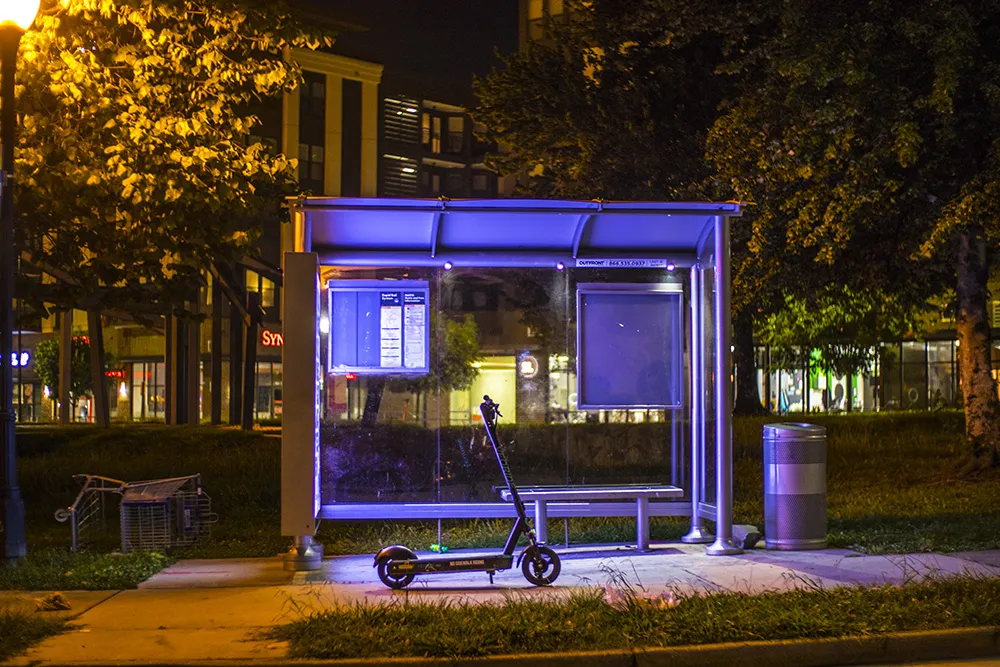Dialight's new StreetSense RS Series LED Roadway Sign Light combines precision optics and the latest in advanced, patent-pending, LED technology to meet the most demanding specification criteria for road sign lighting. Designed to easily replace outdated mercury vapour and metal halide fixtures, the company says the new series' ultra-low power consumption delivers 60-70 per cent energy cost savings over the typical 250+W fixtures commonly used for road sign lighting.
February 2, 2012
Read time: 1 min

According to Dialight, the rugged construction, lamp assembly and housing make these LED fixtures weather and corrosion resistant and impervious to roadway vibration and shock. Their projected service life of ten years, with more than 70 per cent lumen maintenance after 60,000 hours of operation, essentially eliminates the need for lamp replacement. As a result, the StreetSense RS Series LED solution is virtually maintenance free.








